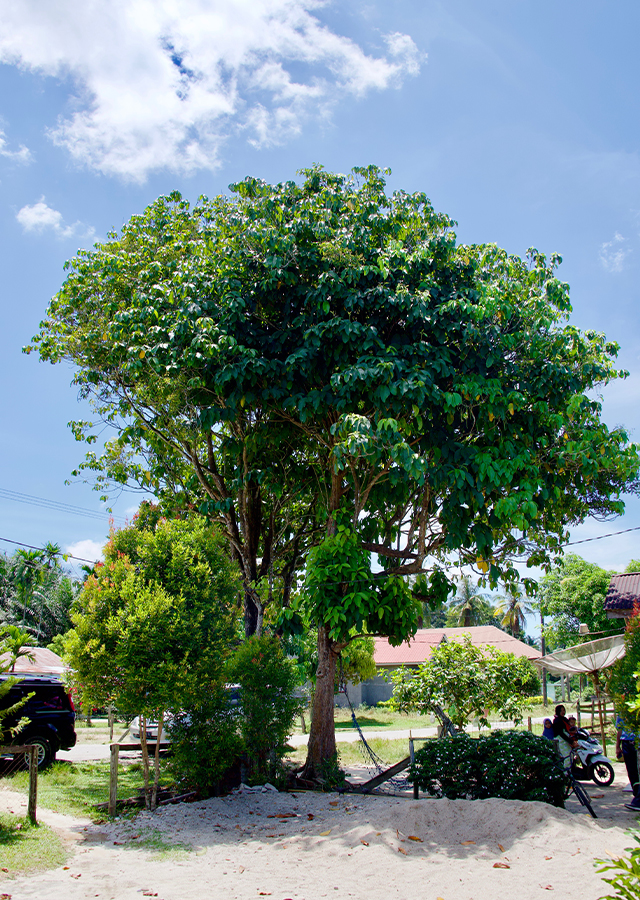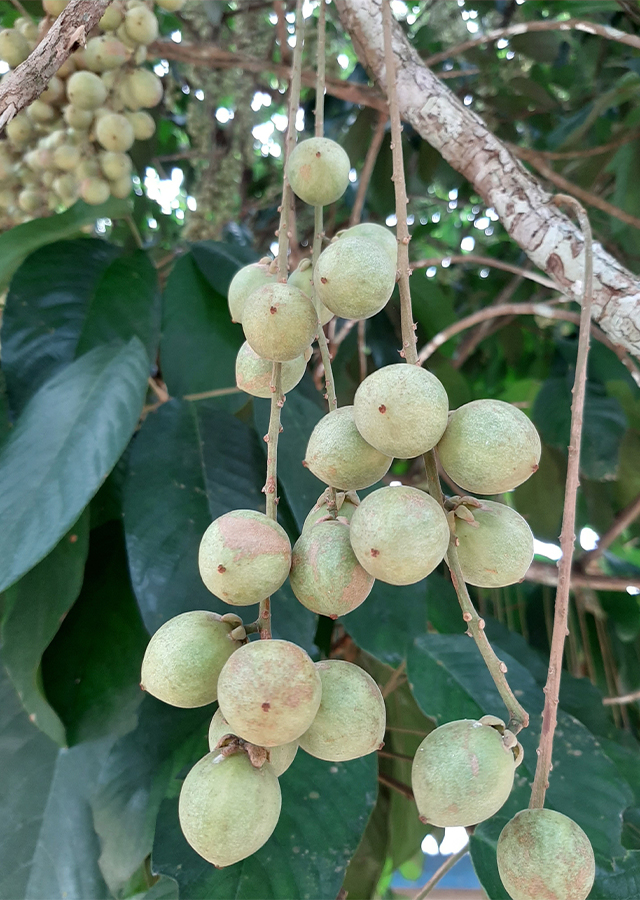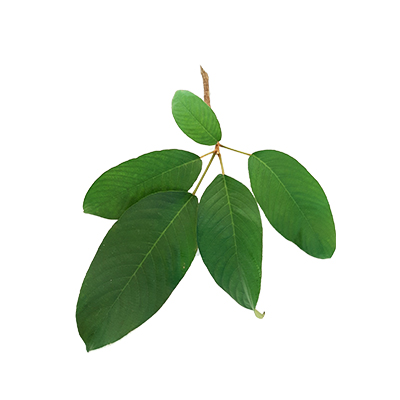Rambai
Baccaurea motleyana (Müll.Arg.) Müll.Arg.
Phyllanthaceae
Location in our garden
Principal



Synonym
Baccaurea pubescens Pax & K.Hoffm.
Pierardia motleyana Müll.Arg.
Habitus
Trees. Tree with a low, round, dense crown, can grow up to 15-25 m tall
Part Used
Leaves
Bark
Fruit
Rind
Growing Requirements
Full Sunshine
Need Shade
Habitat
Forest
Overview
Native in Peninsular Malaysia, Singapore, Sumatra, Java and Borneo; also cultivated in this region and in Peninsular Thailand, the Philippines and Bali.. The tree is harvested from the wild as a local source of food, medicines and wood. It is sometimes cultivated as a garden plant in the tropics, being grown for its edible fruit.
Vernacular Names
Rambai (Indonesia), Rambai (Malay), Rambi (Philippines), Mafai-farang (Thai).
Agroecology
The natural habitat of B. motleyana is the tropical lowland forest and hills up to 900 m altitude. Plants succeed on alluvial soils, yellow clay, sand and limestone soils and position in full sun or light shade. It prefers a mean annual rainfall in the range 1,500-3,500 mm,pH in the range of 5-6 and tolerating 4.5-6.5.
Morphology
- Trunks - 15-25 m tall, 40 cm in diameter, crown low, round, bushy; twigs, petioles and underside of leaves velvety.
- Leaves - obovate-lanceolate to elliptic, 20-35 cm × 8-17 cm, petioles 3-10 cm, stipules lanceolate.
- Flowers - ramiflorous, male racemes 13-20 cm long, flowers yellow in fascicles of 2-5, sepals 4-5, stamens 4-8, female racemes 25-60 cm long, flowers often in clusters, sepals 4-6.
- Fruits - globose to ellipsoid and turn brownish-yellow coloured when ripe, without splitting, 3-seeded berries, raised glands present, glabrous to densely hairy outside, glabrous inside, greenish yellow to white.
- Seeds - ellipsoid, laterally flattened. Each seed is covered with sweet tasting aril which is translucent white to light brown.
Cultivation
- By seeds - when sown fresh it usually germinates in a few days.
- By air layering.
- By grafting.
Chemical Constituents
Saponin, tannin, alkaloid, phenolic, flavan (catechin), flavonoid compound, terpenes and terpenoids.
Traditional Medicinal Uses
- Fiber content found abundantly in rambai fruit helps in proper functioning of the digestive system.
- The peel extract possessed antimicrobial activity since it inhibited the growth of S. aureus, B. cereus, B. subtilis, E. coli, Proteus vulgaris, and Pseudomonas aeruginosa.
- Rambai fruit can also be used to prevent cancer.
- The bark is used in traditional medicine for the treatment of eye diseases was extracted by maceration in ethanol and aqueous. Also used as an ingredient of a concoction of many ingredients and administered internally after childbirth in protective medicaments
- The fruit is able to cure several skin diseases such as itching, panu, scabies, and also ringworm.
Part Used
Reference Sources
- de Padua, L.S., Bunyapraphatsara, N. and Lemmens, R.H.M.J. (Editors), 1999. Plant Resources of South-East Asia No 12(1). Medicinal and poisonous plants 1. Backhuys Publishers, Leiden, the Netherlands. 711 pp.
- Haegens R. 2000. Taxonomy, phylogeny, and biogeography of Baccaurea, Distichirhops, and Nothobaccaurea (Euphorbiaceae). Journal of Plant Taxonomy and Plant Geography. Supplement 12.
- Lim TK. 2012. Edible Medicine and Non-Medicine Plants 4. Springer. London, New York.
- Ramayani, P. & Fitmawati. 2020. Diversity of rambai (Baccaurea motleyana (Müll.Arg.) Müll.Arg.) in Bengkalis Island based on morphological characters. Buletin Kebun Raya. 23(1): 46-58.
- Uji, T. 1999. Baccaurea motleyana. In: Verheij, E.W.M. and Coronel, R.E. (Editors): Plant Resources of South-East Asia No 2: Edible fruits and nuts. PROSEA Foundation, Bogor, Indonesia. pp. 98-100.


